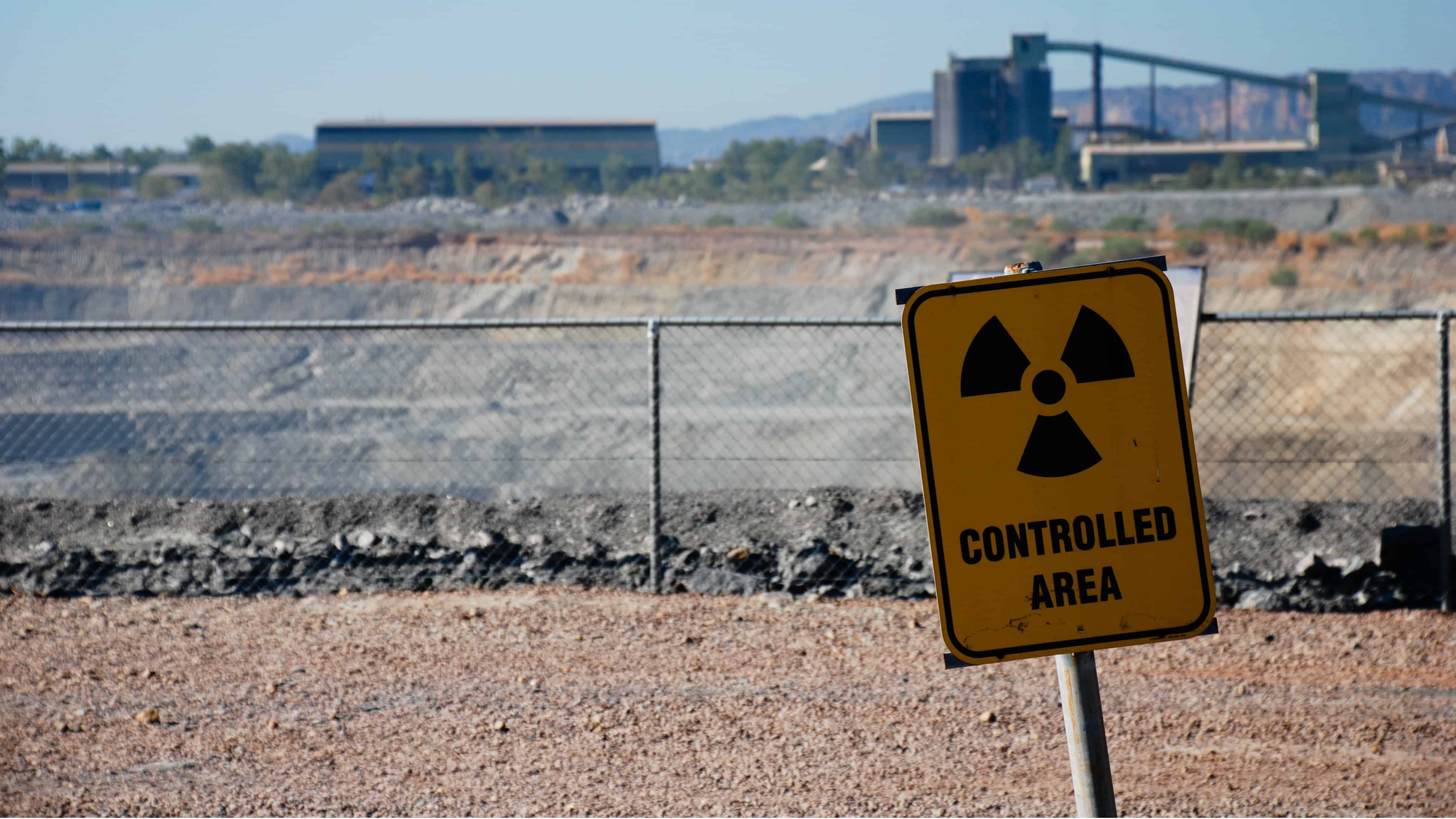Cameco (TSX:CCO)(NYSE:CCJ) can never catch a break.
The beleaguered uranium miner has been stuck on a cliff over the past few years, as depressed uranium demand and a glut in the supply of uranium that is available on the market continue to keep both demand and prices at lows.
Uranium is the primary fuel used in nuclear reactors, which developing economies around the world are turning to as a means to quickly, cleanly, and cheaply power their growing infrastructure needs. Unfortunately, when accidents happen in reactors, they can cause widespread environmental damage that draws the attention of the entire international community and effectively dries up demand for nuclear power almost overnight.
That’s exactly what happened in the fallout of the Fukushima disaster in 2011, where an earthquake and subsequent tsunami damaged a reactor. Uranium prices prior to the incident were flirting near US$60 per pound, and in the years following to this day, the price remains at a depressed rate in the mid-US$20s, despite what is being seen as the re-embracing of nuclear power by many countries around the world, such as China, India, the UAE and Russia, which together comprise more than half of the new reactor construction that is ongoing around the world.
As one of the world’s largest suppliers of uranium, Cameco stands to benefit from the resurgence in nuclear power, provided that the company and its larger peers around the world continue their efforts to limit further mining until such time that the current supply glut is cleared and market forces drive the price of uranium up to a sustainable level.
Some of the deepest cuts came earlier this year, as Cameco slashed its once-great dividend, shuttered a number of different facilities, and drastically reduced the number of staff in its corporate offices.
Many believe that the deep cuts instituted last year are beginning to bear fruit for the company, with signs of hope showing in Cameco’s most recent quarterly update.
Quarterly update: A profit for Cameco!
When Cameco announced earnings of $28 million earlier this quarter, it left many investors shocked, but in a good way. The profit, which worked out to $0.07 on a per-share basis, was in stark contrast to the bleak loss of $124 million, or a $0.31-per-share loss, reported in the same quarter last year.
On an adjusted basis, Cameco earned $15 million, or $0.04 per share, compared with an adjusted loss in the same quarter last year of $50 million, or $0.13 per share.
Revenue for the quarter came in just slightly higher than the previous period, totaling $488 million.
The dispute with the CRA is not over yet
As if dismal demand and depressed prices weren’t enough to push investors away from Cameco, there was also the long-standing dispute with the CRA over Cameco’s 2003, 2005, and 2006 tax bill to deal with. A ruling on the matter came down this past September, where the Tax Court of Canada ruled in favour of Cameco, meaning that the company wasn’t going to be held liable for what was claimed to be a $2.2 billion tax bill.
At the core of the dispute was a Cameco subsidiary that sold uranium in Switzerland, which the CRA claimed was used to avoid a tax bill back in Canada. The defence presented by Cameco and ultimately agreed to by the court was that it was a reasonable business practice.
Now it seems that the CRA is seeking to appeal that decision in a process that could take years to come to fruition.
What should investors do?
There’s no denying the fact that Cameco poses an incredible opportunity for investors. The uranium market is recovering and is being fueled by the strong demand coming from the over 50 new reactors coming online around the world and the over 60 additional reactors in various planning and approval states. The only question is, when will that price recovery finally take hold?
In the past, Cameco offered a strong dividend that allowed long-term investors to park their investment and wait out the market while collecting their distribution. Now that the dividend has been cut to a paltry 0.50% yield, there are far better investment options available on the market that can provide much more lucrative returns to investors.







